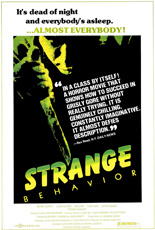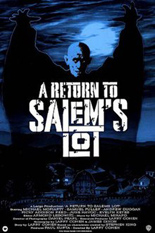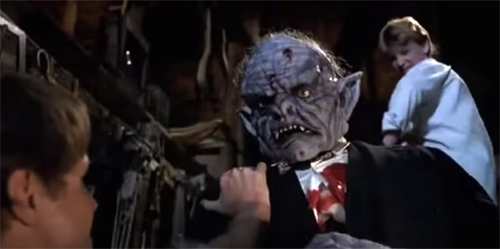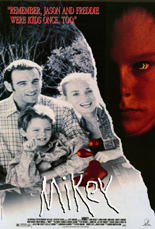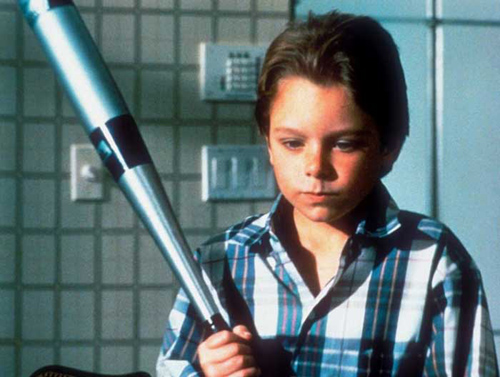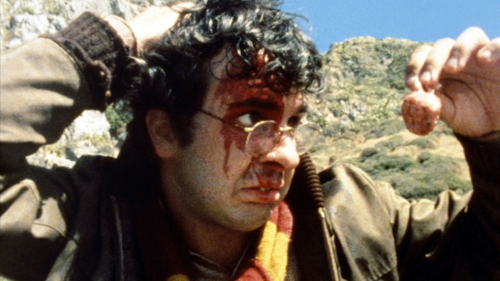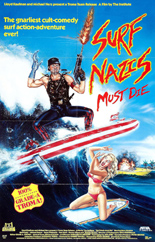
Something odd is happening in the tiny town of Galesburg, Illinois (actually a convincingly rural Auckland, New Zealand), and it’s up to local police chief John Brady (frequent Robert Altman collaborator Michael Murphy) to figure out what’s going on. There has been a string of grisly murder of late, all seemingly committed by different individuals. One corpse is discovered in a field dressed and mocked up to resemble a scarecrow.
John begins to suspect a research lab at the nearby university might be involved, but what he doesn’t know is his son, Pete (Dan Shor, Bill & Ted’s Excellent Adventure), has signed up to be the latest guinea pig for the lab’s bizarre mind control experiments, conducted by the suspicious Gwen Parkinson (Fiona Lewis, Innerspace). Will Pete become the next murder victim, or will Parkinson’s experiments turn him into another killer? Louise Fletcher (Exorcist II: The Heretic) and Marc McClure (Superman) also star.
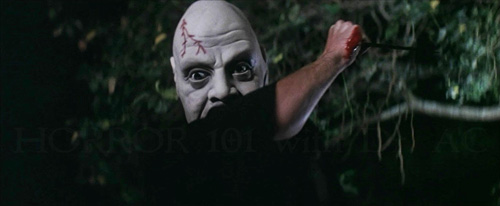
Released as Dead Kids in its native New Zealand and elsewhere, Strange Behavior serves up a unique blend of sci-fi-horror intrigue and slasher-grade kills. There’s also a suspenseful scene involving a hypodermic needle to the eye that will make viewers squirm, as well as a knife-wielding maniac in an oversized Tor Johnson mask. All of this set to a mesmerizing electronic score by Tangerine Dream.
Director Michael Laughlin co-wrote the screenplay with Bill Condon, who would go on to have a successful Hollywood directorial career, helming Gods and Monsters, Dreamgirls and a pair of Twilight films, among other works. The pair would reunite two years later for Strange Invaders, which involved aliens and was the second in an intended “Strange” trilogy, the third of which sadly never came to be. —Christopher Shultz

